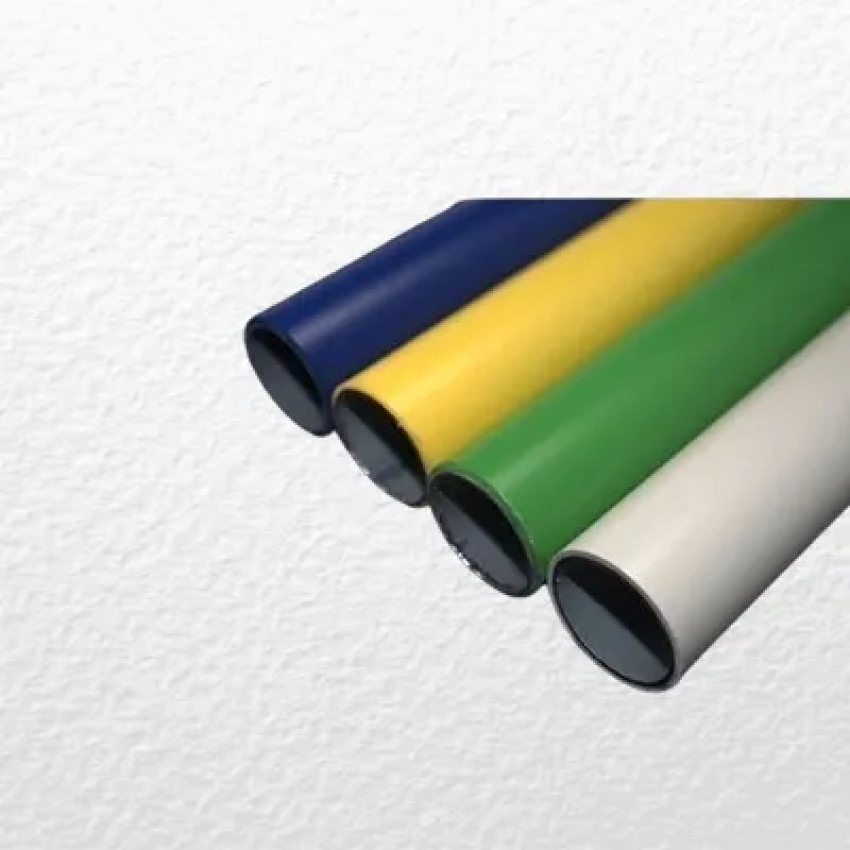
Installation Process of ABS Coated Pipe & Fittings
Installing ABS coated pipe and fittings follows a straightforward process. Here are the general steps involved:
Planning: Establish the piping system's layout and design while taking into account elements including flow requirements, support structures, and connections to other pieces of machinery.
Measurement and cutting: Using the proper tools, measure and cut the ABS coated pipes to the required lengths.
Assembly: In order to ensure accurate alignment and leak-free joints, connect the pipes using ABS fittings and fasten them with glue or mechanical fasteners.
Support and anchoring: Install supports and anchors at regular intervals to give the pipe system stability and stop sagging or movement.
Testing: To verify the integrity of the installed ABS coated pipe system, conduct pressure and leak tests.
Finalization: Make the required modifications and complete the installation after the system passes the testing.
Safety Considerations for ABS Coated Pipe & Fittings
Although ABS coated pipe & fittings have many advantages, safety must always come first during installation and use. Observe these safety recommendations:
Follow the installer's guidelines and industry standards for installation and upkeep.
To avoid the accumulation of potentially dangerous gases, make sure that areas where ABS pipes are utilized have enough ventilation.
When handling or working with ABS coated pipe systems, wear the proper personal protection equipment (PPE).
Check the pipe system frequently for any indications of degradation or damage that could jeopardize safety.
Tips for Choosing the Right ABS Coated Pipe & Fittings
The following advice should help you choose the right ABS coated pipe and fittings for your application:
Decide on the precise specifications for your fluid transportation system, such as pressure, temperature, and chemical compatibility.
Make sure the fittings and pipes with ABS coating adhere to all applicable norms and laws.
The lengths, diameters, and fittings needed are determined by taking into account the layout and design of your piping system.
Get professional guidance on choosing the best ABS coated pipe and fittings for your requirements by speaking with a reliable source or manufacturer.
Frequently Asked Questions (FAQs)
Q1: Are ABS coated pipes suitable for outdoor applications?
Yes, ABS coated pipes can be used outdoors, but they may be susceptible to UV damage. It's recommended to protect them from prolonged exposure to sunlight by using appropriate covers or enclosures.
Q2: Can ABS coated pipes be used for transporting hot fluids?
No, ABS coated pipes have limited temperature tolerance and are not suitable for conveying hot fluids. For high-temperature applications, alternative pipe materials like stainless steel or copper may be more suitable.
Q3: Can ABS coated pipes be recycled?
Yes, ABS coated pipes are recyclable. It's important to follow local recycling guidelines and dispose of them properly to minimize environmental impact.




